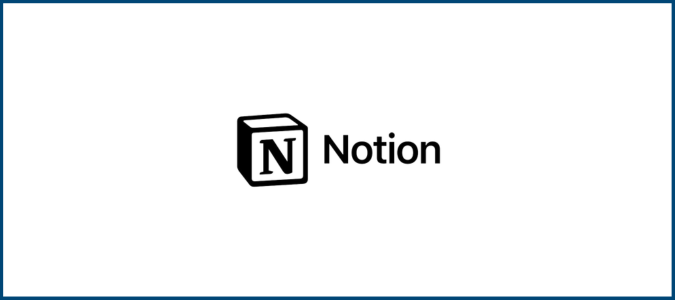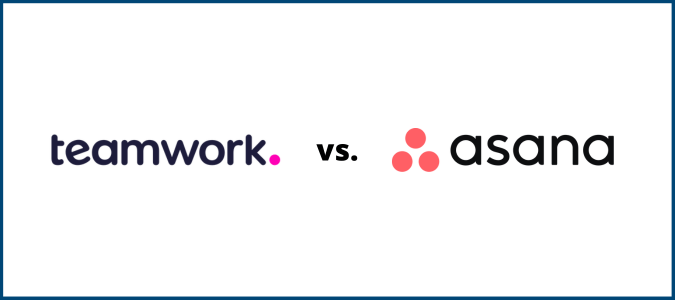Sprint planning is an event in scrum (an agile project management framework) where a team defines what they will deliver, when, and how in a sprint.
A sprint planning template makes this process much easier. The problem is there are hundreds of sprint planning templates to choose from. To make the decision more manageable, we’ve narrowed down the list to the 6 that are guaranteed to improve the way your projects are run.
1. Jira’s Scrum Template
This scrum template from Jira makes it easy for you to plan, track, and manage work across sprints. It’s designed to help teams organize and manage their work within the Scrum framework.

You can use scrum boards to break down complex projects into digestible stages. Then fill your scrum backlogs with all the tasks and issues your team needs to address. And create interactive timelines to keep your teams synced. You can also customize reports and dashboards.
One of Jira’s best features is its ability to connect with tools you’re already using, like Google Sheets, Slack, Zendesk, and Github.

To get started with Jira’s scrum template, choose whether you want your projects to be team-managed or managed by a central administrator. Next, you fill your backlog with all the tasks you need to complete for a project within a sprint. These will be the building blocks for your board or timeline.
Then, prioritize the work items your team will complete in the first sprint, the second one, and so on. From there, you can use the timeline or board view to see your project’s big picture and how it’s progressing.

You get a 30-day free trial of Jira’s Premium plan when you download the template. Once the 30 days is up, you’ll need to add billing information to stay on the Premium plan. Or, you can downgrade to the standard plan or free plan.
You’ll be able to access the template no matter the plan you choose. However, the features you have access to will differ for each plan.
2. Smartsheet’s Sprint Planning Template
Smartsheet’s sprint planning template takes basic spreadsheet features and brings them to the next level.
It’s a simple, fully-featured spreadsheet that helps project managers plan, organize, and execute each sprint. Add tasks, start dates, and end dates and assign work to specific team members. There’s also an integrated completion status that can be attached to each feature and task. The task duration will automatically calculate for each task upon completion.

The template is also highly visual, so you can use it to compare previous sprints and upcoming sprints at the same time without having to bounce back and forth between multiple documents.
In addition to the sprint planning document, you’ll also get a Gantt chart included with the template. This adjusts automatically as data gets added to the sheet—giving you a real-time visual update of your team’s progress.
You can use this template through Smartsheet. Download the template and get a 30-day free trial of their Business plan. After the 30 days, your account will default to their Free plan, where you’re limited to two editors, 2 sheets, and Gantt, grid, card, and calendar views of your project. You can keep their Business plan or get their Pro plan.
Even if you choose not to use Smartsheet, you can download the template for free for Excel or Google Sheets. They include a template example with your download to help you get started.

3. Notion’s Roadmap Sprint Planning Template
Finding a truly free template is difficult. You’re limited by features or free trials. Notion is the exception, they give you 14 completely free templates with features that make sprint planning a breeze.

The Roadmap sprint planning template stood out to us because it tracks all of your project’s work, organizing it by epics, sprints, tasks, and bugs.

You can view your database in different ways to see your project by status, sprint, bugs, task, engineer, project manager, or table. You can also add views to accommodate your unique team.

When you click on the “By Sprint” tab, you can create as many sprints as you want. Name each sprint and add details like tasks, the timeline, status, priority, and who the tasks and project are assigned to.

You can download and use the template for free with their free plan. You can also take advantage of a 14-day free trial of their Plus plan or their Business plan.
The features you have access to in their free plan are better than most platforms, with things like up to 5MB storage for file downloads, 10 guest invites, a collaborative workspace, customized views, integrations, and basic page analytics.
4. Asana’s Sprint Planning Template
Asana’s sprint planning template is arguably the most versatile template on the list. It can be used for any agile project or team using a Scrum framework.
Overall, the template is designed to help agile teams decide which tasks need to be prioritized the most during the next sprint. It’s based on individual capacity, total team bandwidth, and tasks that matter the most for your overall project goals.

The great part about Asana’s sprint planning template is that it can be organized and visualized in multiple ways. Your team can view the sprint plan as a list, timeline, calendar, or Kanban board.

It also has color-coded tags that can be customized to track crucial project details, including your story points, task priorities, and product stages.

Asana’s sprint planning template integrates seamlessly with other tools you might be using, like Zoom, GitHub, Jira, and Slack.
Any relevant documents for the sprint or project can be attached directly to the document as well.
You can also see the status of each deliverable, making it easy to share updates with stakeholders in real time before or after the sprint planning sessions.
You can download the template for free without inputting any credit card information. Once you download the template, you get a 30-day free trial of their Advanced plan. You’ll need to input billing information to keep the Advanced plan or switch to the Starter plan. Or, you’ll be downgraded to their free plan with limited features once your trial ends.
5. Monday.com’s Scrum Sprint Planning Template
Monday.com has a sprint planning template that’s specifically designed for scrum teams. Overall, it’s laid out to hit multiple key points of any successful sprint—planning, execution, tracking, and reporting.
The template is visual and fully customizable. You can use it to add in all of your project’s action items and then reorder them based on the priorities of each sprint.

Once you’ve created a tailored plan based on the priority levels of your tasks, you can assign team members to each action item with a single click. All of the progress can be monitored at each stage of your sprint and project.

Scrum masters can take advantage of Monday.com’s pre-configured automations for sprint planning. For example, you can set up automated alerts when a developer reaches a roadblock. Or you can integrate the template with Slack to alert teams when the status of specific tasks gets updated.

Monday.com’s scrum sprint planning template makes it easy for teams to stay flexible and make adjustments throughout each sprint. Even if you don’t finish everything in your backlog, you can seamlessly carry over tasks to the next sprint without having to re-enter the data or re-assign tasks to team members.
You’ll need to sign up for Monday.com to access this template. It will let you start with a 14-day free trial of their Pro plan. When the trial is over, you’ll need to pay to keep the Pro plan. Or, downgrade to the Standard plan or the Basic plan.
6. Figma’s Sprint Planning Template
Figma has a fully interactive sprint planning template that gets everyone involved in the planning process. You can use it to easily prioritize new tasks, set weekly schedules, and delegate responsibilities to your entire team, keeping all the most pertinent information in one collaborative chart.

You can add stamps (yours or a team member’s avatar) to each task so you know who’s responsible for them.

You can manage multiple sprints simultaneously.

This template is perfect for teams that have massive projects with multiple stages. It helps decrease the intimidation associated with large-scale work, as everything is broken down into simple and attainable tasks for each sprint.
It includes a warm-up feature, which is designed to prepare for a week’s work in advance by looking at the workflow ahead of time. For agile projects, it’s easy to re-assign tasks or change the priority levels of each task as the scope of the sprint changes.
Another unique standout of this template is the ability to set the bar higher for your team. This is handled through community-built widgets that allow teams to pass tasks off to each other and power through hurdles faster.

Sign up for Figma’s Free plan and download this template. You’ll have access to all the basic features you’ll need to make this template worthwhile.
You can also upgrade to one of their other plans with advanced features like Dev Mode, organization-wide libraries, and dedicated workspaces. They have a Professional, Organization, or Enterprise plan.















